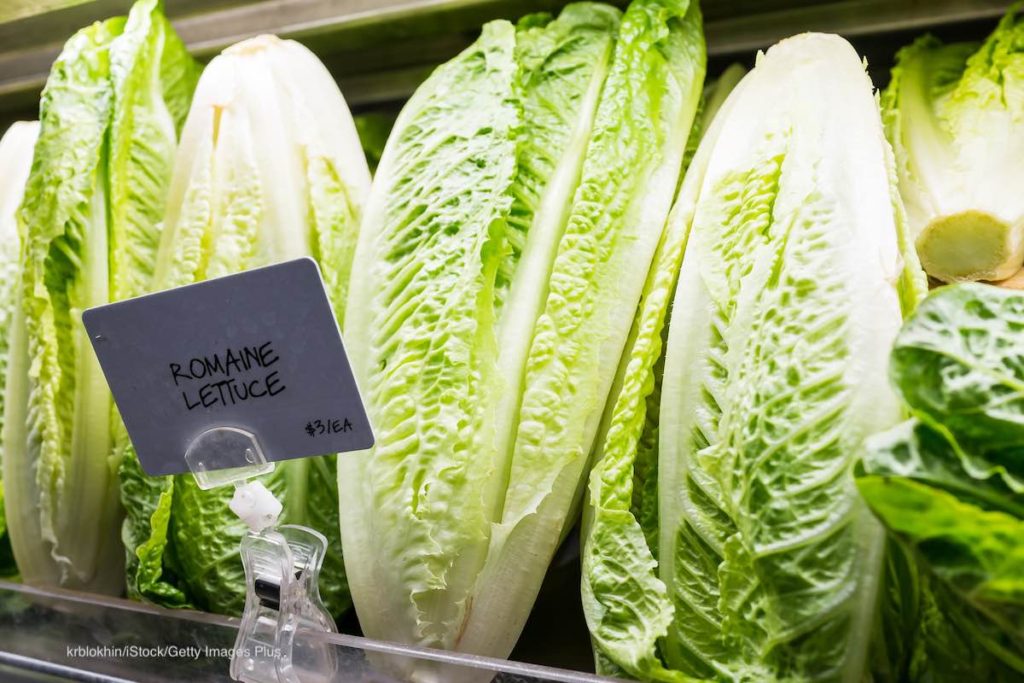The FDA has released a report on its investigation into the romaine E. coli O157:H7 outbreak that occurred during the fall and early winter of 2018. At least 62 people in 16 states were sickened in this outbreak. Twenty-five people were hospitalized, and two developed hemolytic uremic syndrome (HUS), a type of kidney failure.

In November 2018, the FDA took the extraordinary step of telling consumers to avoid all romaine lettuce from all sources until they had more information on the outbreak. Officials eventually found contamination at one particular farm in California, but couldn’t explain the entire outbreak.
Adam Bros. Farming
That farm, Adams Bros. Farming, was located in Santa Anna County in California. Officials found the outbreak strain of E. coli O157:H7 in sediment from a water reservoir on the farm. The water most likely came into contact with the lettuce after it was harvested, since the farm didn’t use water from that lo9cation for dilution of crop protection chemicals. Officials also did not establish how the pathogen was introduced into the water in the first place.
The farm had a procedure in place to collect and testa reservoir water for generic E. coli and to sue a sanitized before use. But records didn’t show that enough sanitizer was used to adequately reduce pathogens in the water.
This finding proved one thing: generic E. coli can survive I’ve in sediments much longer than in the water itself. The outbreak strain may have been present in that reservoir for months or years before this outbreak.
Investigators did find evidence of extensive wild animal activity, including animal burros, coyotes, waterfowl, and rodents near the reservoir. In addition, adjacent land used for animal grazing may have been contributing factors to the romaine E. coli outbreak.
FDA Recommendations
The FDA understands the food safety problems related to raw whole and fresh cut (bagged) salads and leafy greens is a long standing issue. There have been 29 outbreaks of Shiga toxin-producing E. coli with confirmed or suspected link to leafy greens between 2009 and 2017.
The government recommends that leafy green growers, buyers, shippers, processors, and retailers be able to trace the product back to the specific source in real time and to make this information available to consumers. Many companies are identifying where the greens were grown, so in future outbreaks, when investigators narrow focus of investigations, not all greens will have to be pulled from store shelves.
FDA also believes that industry adoption of existing and emerging technology is critical to protect the public. The agency has begun special microbiological surveillance sampling assignments for lettuce the is grown for distribution around the country. Any contaminated samples will new traced back to the farms, and recalls will be issued.




